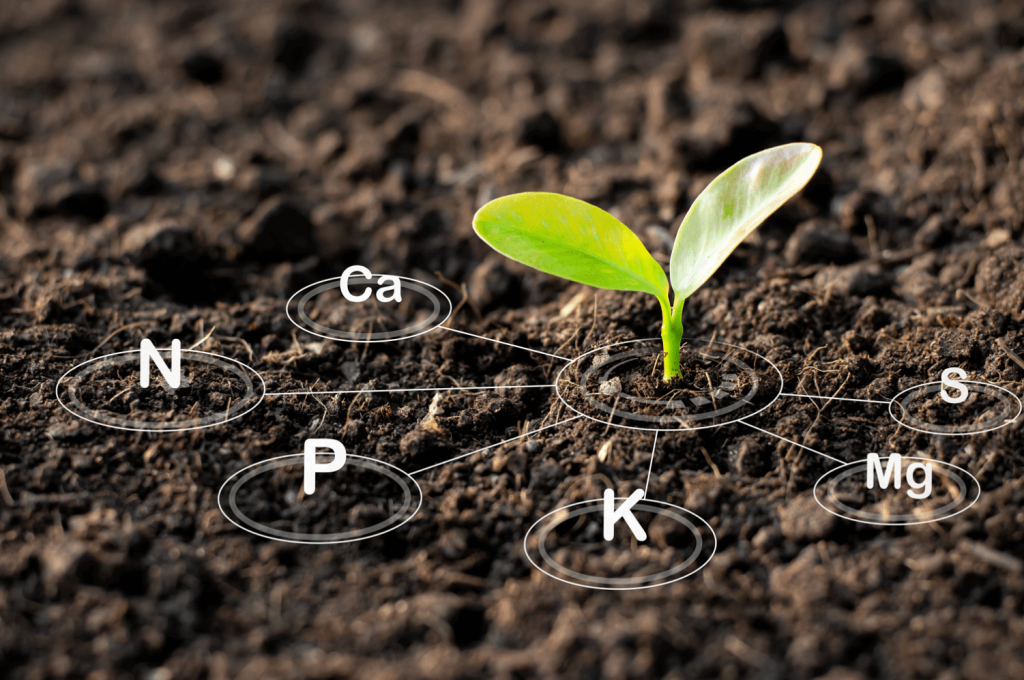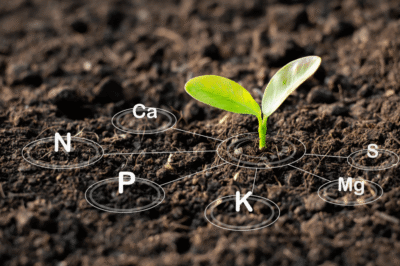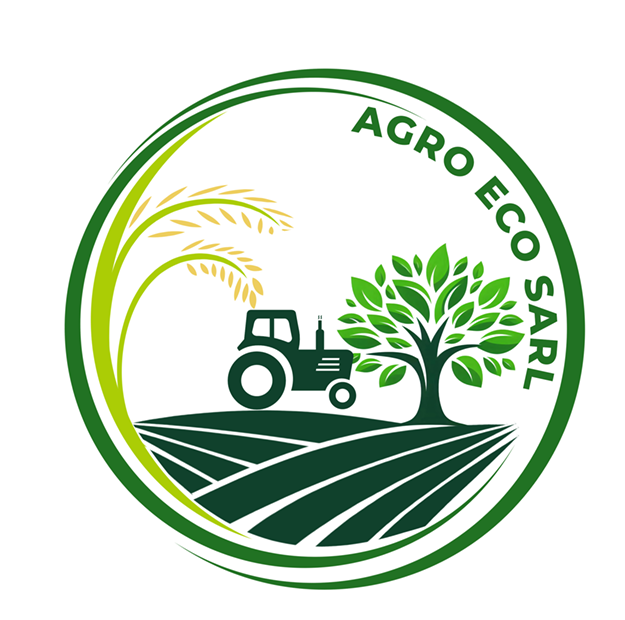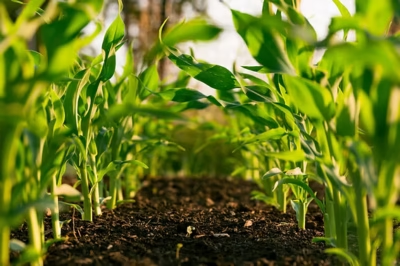How to Improve Soil Health for Better Farming

How to Improve Soil Health for Better Farming

1. Introduction: The Foundation of Agricultural Success
Soil is not merely an inert medium for plant growth—it is a dynamic, living ecosystem. Healthy soil teems with microorganisms, retains moisture efficiently, and provides essential nutrients to crops. Neglecting soil health leads to diminished yields, increased input costs, and long-term degradation. Sustainable farming begins beneath our feet.
2. Understanding Soil Health: More Than Just Dirt
Soil health encompasses its physical structure, chemical balance, and biological activity. A fertile soil matrix allows roots to penetrate easily, retains water without waterlogging, and hosts a symbiotic network of fungi, bacteria, and arthropods. These elements work in concert to sustain plant life.
3. The Consequences of Poor Soil Management
Erosion, compaction, and nutrient depletion are the penalties of mismanagement. In Cameroon, where many farms rely on traditional practices, topsoil loss threatens food security. Degraded soil requires more fertilizers, increasing costs while perpetuating a cycle of dependency.
4. Signs of Healthy vs. Unhealthy Soil
Healthy soil:
-
Dark, crumbly texture
-
Earthworms and fungal hyphae visible
-
Rapid water infiltration
Unhealthy soil:
-
Hard, cracked surface
-
Water pools or runs off quickly
-
Foul odors (indicating anaerobic conditions)
5. The Role of Microorganisms in Soil Fertility
Bacteria, fungi, and protozoa decompose organic matter, releasing nitrogen, phosphorus, and potassium in plant-available forms. Mycorrhizal fungi extend root systems, enhancing water and nutrient uptake. Disrupting this microbiome with chemicals undermines fertility.

6. Add Organic Matter: The Lifeblood of Fertile Soil
6.1. Types of Organic Matter
Compost, aged manure, and crop residues like rice husks or maize stalks are ideal. Each contributes distinct nutrients and improves soil porosity.
6.2. How Organic Matter Enhances Soil Structure
It binds soil particles into aggregates, creating pore spaces for air and water. This structure resists erosion and promotes root growth.
6.3. The Science Behind Nutrient Release
Microbes break down organic matter in a process called mineralization. Carbon-rich materials (e.g., straw) decompose slowly, while nitrogen-rich greens (e.g., legume leaves) release nutrients quickly.
7. Grow Cover Crops: Nature’s Blanket for Soil
7.1. Best Cover Crops for Different Climates
-
Legumes (Cowpea, Clover): Fix atmospheric nitrogen.
-
Grasses (Rye, Sorghum): Scavenge leftover nutrients.
7.2. Nitrogen Fixation and Soil Enrichment
Rhizobia bacteria in legume root nodules convert nitrogen gas into ammonia, enriching the soil for subsequent crops.
7.3. Erosion Control and Weed Suppression
Dense cover crop canopies shield soil from rain impact and outcompete weeds, reducing herbicide use.
8. Reduce Tillage: Preserving Soil Integrity
8.1. No-Till vs. Minimum Tillage Techniques
No-till leaves soil undisturbed, while minimum tillage loosens only the planting row. Both methods protect microbial habitats.
8.2. Impact on Microbial Life and Earthworms
Frequent tillage destroys fungal networks and earthworm burrows, critical for nutrient cycling.
8.3. Equipment Adjustments for Reduced Tillage
Direct seed drills and roller-crimpers enable planting into cover crop residues without plowing.
9. Practice Crop Rotation: Breaking the Cycle of Depletion
9.1. Ideal Crop Rotation Sequences
A three-year cycle (e.g., maize → beans → cassava) prevents nutrient mining and disrupts pest lifecycles.
9.2. Disease and Pest Management Benefits
Pathogens like nematodes starve without their host crop. Rotating with non-host species breaks their reproductive chain.
9.3. Nutrient Balancing Through Rotation
Heavy feeders (e.g., tomatoes) deplete nitrogen, while legumes replenish it. Strategic rotations maintain equilibrium.
10. Mulch Your Soil: A Protective Barrier
10.1. Organic vs. Inorganic Mulches
Organic mulches like straw, wood chips, and dried leaves decompose over time, enriching the soil with humus. Inorganic options (plastic sheeting, gravel) are durable but don’t improve fertility. For most farms, organic mulch is preferable—it moderates soil temperature while suppressing weeds naturally.
10.2. Moisture Retention and Temperature Regulation
A 3-inch layer of mulch reduces evaporation by up to 70%, a game-changer in arid regions. It also insulates soil, keeping roots cooler in hot seasons and warmer during cold snaps. This stability boosts microbial activity year-round.
10.3. Mulching Techniques for Different Crops
-
Vegetables: Apply straw around tomato or pepper plants to prevent soil-borne diseases.
-
Tree Crops: Use wood chips in orchards to mimic forest-floor conditions.
-
Field Crops: Rolled cover crops (e.g., rye) act as “living mulch.”
11. Use Natural Fertilizers: Feeding the Soil Gently
11.1. Compost Teas and Biofertilizers
Compost tea—a liquid extract of compost—delivers microbes directly to plant roots. Biofertilizers like rhizobium inoculants fix nitrogen naturally, reducing reliance on synthetic urea.
11.2. Animal-Based Amendments
-
Bone meal: Slow-release phosphorus for root development.
-
Fish emulsion: Quick nitrogen boost during leafy growth stages.
-
Poultry manure: High in nitrogen but must be composted first to avoid burning plants.
11.3. Avoiding Chemical Dependency
Synthetic fertilizers acidify soil and kill beneficial microbes over time. Transition gradually by blending organic and chemical inputs, then phasing out synthetics as soil health improves.

12. Maintain Proper pH: The Acid-Alkaline Balance
12.1. How to Test Soil pH Accurately
Use a handheld pH meter or send samples to a lab. Test in multiple spots—pH can vary within a single field.
12.2. Lime and Sulfur: Corrective Measures
-
Acidic soils (pH <6): Apply agricultural lime (calcium carbonate).
-
Alkaline soils (pH >7.5): Elemental sulfur or gypsum lowers pH.
12.3. Crop-Specific pH Preferences
-
Slightly acidic (6–6.5): Beans, maize, coffee.
-
Neutral (6.5–7): Most vegetables.
-
Tolerant of range (5–8): Cassava, pineapple.
13. Integrate Agroforestry: Trees and Soil Synergy
13.1. How Trees Improve Soil Structure
Deep roots break up compacted layers, while leaf litter adds organic matter. Nitrogen-fixing trees (e.g., Leucaena) fertilize neighboring crops.
13.2. Selecting the Right Agroforestry Species
-
Fruit trees: Mango or avocado for shade-tolerant crops below.
-
Timber species: Gmelina for long-term soil carbon storage.
14. Implement Contour Farming: Sloping Land Solutions
14.1. Preventing Runoff and Soil Loss
On slopes >5%, contour trenches or swales capture rainwater, allowing it to infiltrate rather than erode topsoil.
14.2. Terracing and Contour Plowing Techniques
-
Bench terraces: Ideal for steep hills (e.g., Bamileke Plateau).
-
Contour hedgerows: Vetiver grass stabilizes terraces.
15. Encourage Earthworms: Nature’s Plows
15.1. How Earthworms Enhance Aeration
Their burrows create channels for air and water, while castings (excrement) are 5x richer in nitrogen than surrounding soil.
15.2. Creating an Earthworm-Friendly Environment
Avoid synthetic pesticides. Add organic matter regularly—earthworms consume half their weight daily.
16. Avoid Soil Compaction: Protecting Pore Space
16.1. Causes and Effects of Compaction
Heavy machinery and livestock trampling collapse soil pores, reducing oxygen and water infiltration. Yields can drop by 50% in compacted fields.
16.2. Mitigation Strategies
-
Controlled traffic farming: Limit vehicles to permanent lanes.
-
Deep-rooted plants: Radishes or sunflowers break up compacted layers.
17. Utilize Biochar: The Ancient Soil Booster
17.1. What Is Biochar and How Is It Made?
Charcoal produced by burning crop waste in low-oxygen conditions (pyrolysis). It’s porous, holding nutrients and water like a sponge.
17.2. Long-Term Carbon Sequestration Benefits
Biochar persists in soil for centuries, locking away carbon while improving fertility—a win for climate and crops.
18. Monitor and Adapt: The Importance of Soil Testing
18.1. Essential Nutrients to Test For
-
Macronutrients: Nitrogen (N), phosphorus (P), potassium (K).
-
Micronutrients: Zinc, boron (critical for root and fruit development).
18.2. Interpreting Soil Test Results
Labs provide recommendations based on crop needs. For example:
-
Low phosphorus: Apply rock phosphate.
-
High magnesium: Balance with gypsum.
19. Farmer Case Studies: Real-World Soil Health Transformations
Case 1: A maize farmer in Foumbot doubled yields by switching from monocropping to rotations with cowpea, plus compost applications.
Case 2: A coffee cooperative in the West Region used vermicompost (worm compost) to reduce fertilizer costs by 30% while improving bean quality.
20. Conclusion: Building a Legacy of Fertile Land
Soil isn’t inherited from ancestors—it’s borrowed from future generations. By adopting these practices, farmers transform degraded plots into resilient, productive ecosystems. The journey begins with a single step: testing your soil, planting a cover crop, or reducing tillage. Over time, these actions compound, yielding not just better harvests, but a sustainable foundation for Cameroon’s agricultural future.

